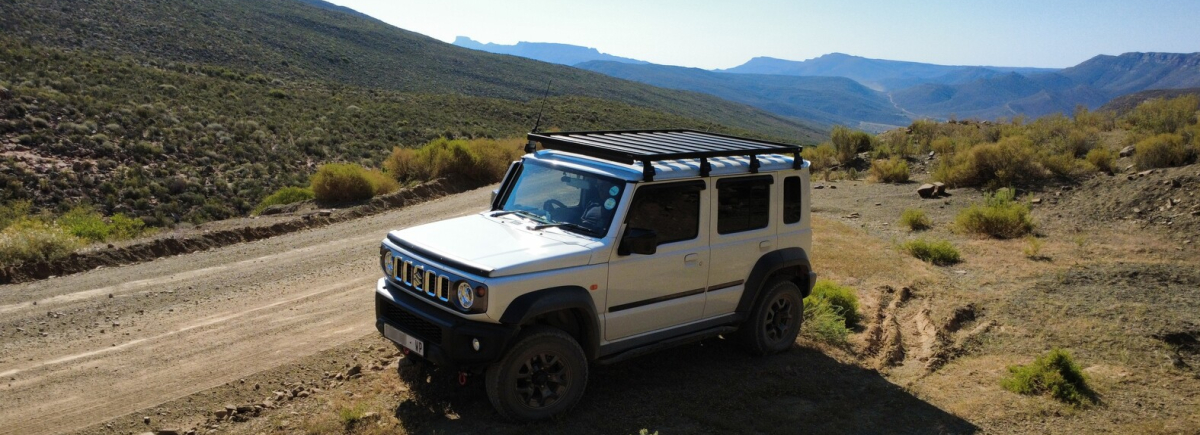Bitfocus Companion buttons can show status info from OS commands or OPNsense firewall on Stream Deck
This video will help if you need to execute various OS commands from a Stream Deck and you want to have your buttons show what the status is of what was executed. I demonstrate how a button that toggles the mute status of a microphone, or the speakers, can change the button between green and red colours to indicate the status.
The only proviso is that there should be an OS command that can query the status of whatever you want to monitor.
A further example shown uses a curl command to fetch information via the API from OPNsense to display the OPNsense firewall temperature and disk space used on the Stream Deck. This could be expanded to use any of the other available API functions too.
So whilst having some connectors provided by Bitfocus and the community, there is no need to be limited to only having those to use on Bitfocus Companion. Using script files and curl commands, can open up a whole new world of possibilities.
If any other Stream Deck app (or any app) can execute OS commands and do something with the feedback, this video may also be of use for that type of scenario too.
This video follows on from my first video I did about Bitfocus Companion. It is worth watching the first video if you want to get a better overview of Companion and how it works with some existing connectors to VLC, Home Assistant, opening apps, etc.
Watch
- YouTubeAuf YouTube findest du die angesagtesten Videos und Tracks. Außerdem kannst du eigene Inhalte hochladen und mit Freunden oder gleich der ganzen Welt teilen.
#
technology #
bitfocuscompanion #
streamdeck
